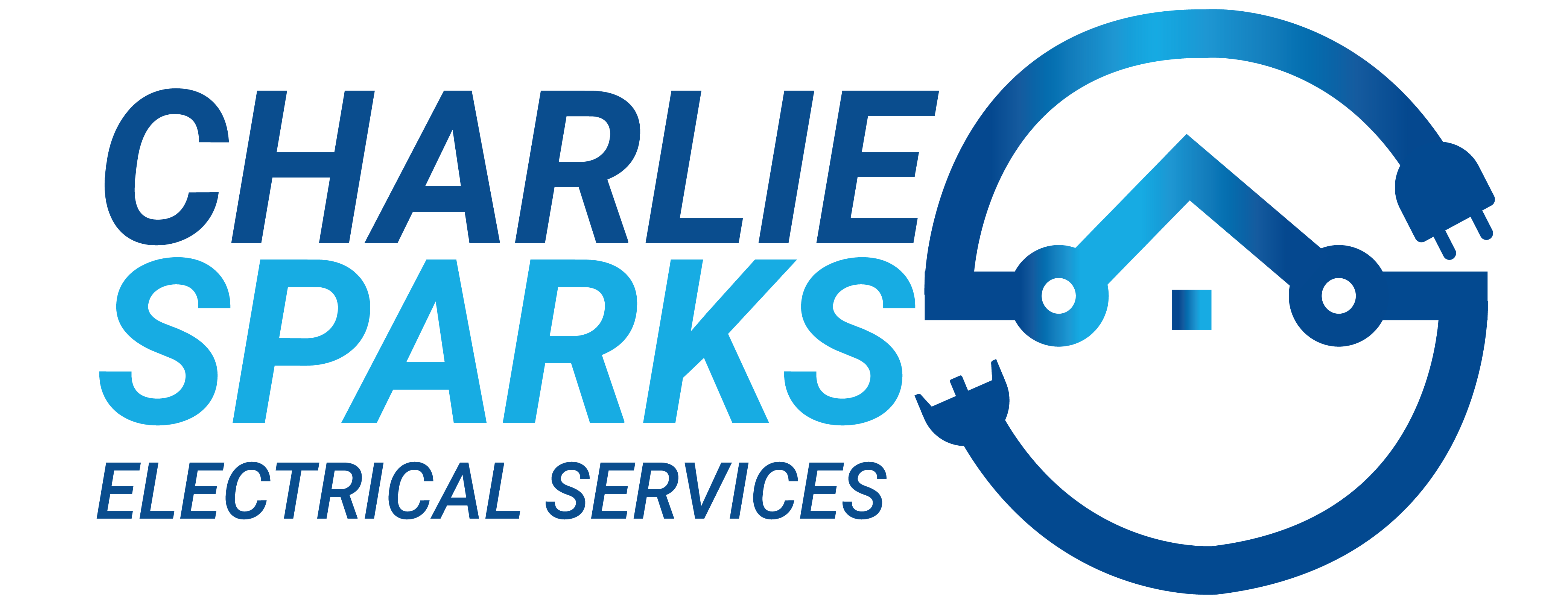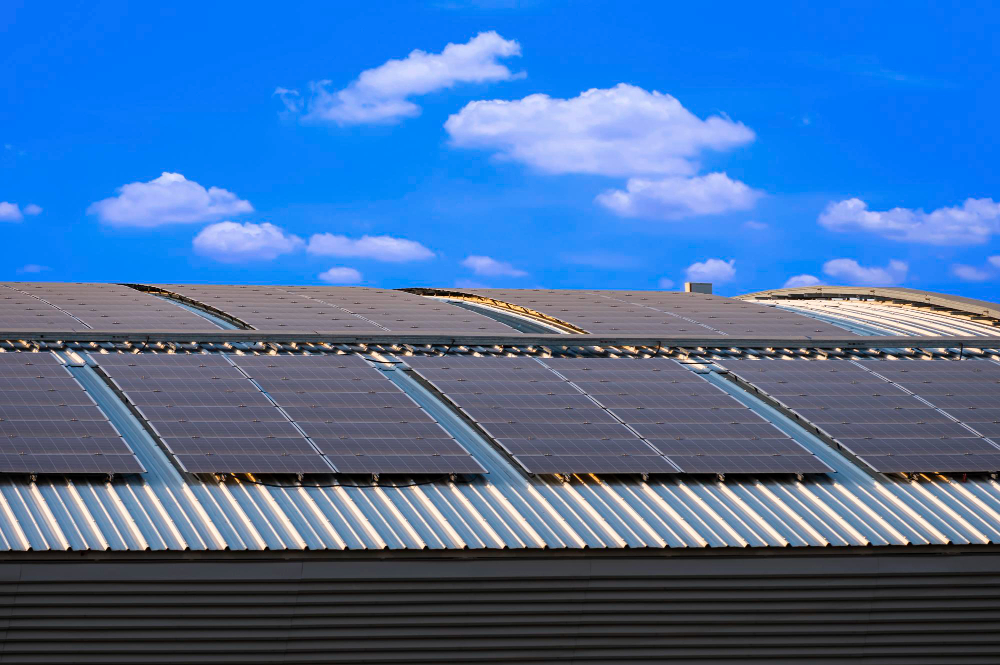Which Solar Panels Are Ideal for Residential Rooftops With Less Space?
We Aussies are leading the world in generating electricity from solar and wind. No wonder most rooftops of businesses and houses in Australia have solar panels.
There are various types, qualities, and brands of solar panels. So, it is always better to dive into details about the available options. After all, these frames are the most crucial part of the solar power system. Choosing the most suitable type and installing the same in the correct position can ensure maxim output.
Most Appreciated Types of Panels
Polycrystalline, monocrystalline, and thin film panels are three commercially popular types.
- Monocrystalline
You certainly wish to start with panels that offer a combination of the best performance and appearance. Yes, monocrystalline leads the list.
These frames are costlier, but without any doubt, monocrystalline panels are more efficient than polycrystalline. So, these panels can prove your best choice if you have less space.
The Czochralski process helps in cutting a single silicon ingot into wafers used in monocrystalline panels. Their uniform black or blue appearance makes them look better than other options.
The pure silicon composition is the primary reason behind the efficiency (15-24 percent) offered by these panels. Further, monocrystalline manufacturers constantly evolve their products with R&D.
- Polycrystalline
Polycrystalline’s metal flake appearance is due to melted silicon fragments. However, their shape is perfect.
Polycrystalline modules absorb less light. As a result, their efficiency is 13-16 percent. So, yes, they are less efficient. But the option is cheaper when it comes to price.
Polycrystalline panels have a low heat tolerance. Their range of power wattages is extensive. So, they can be ideal for large and small-scale installations.
The wastage of silicon is lower while producing polycrystalline panels. The overall manufacturing process is also simple, making them environmentally friendly. But their efficiency is lower, so you require more boards and ample space on the rooftop.
- Thin film
Thin film panels are a part of almost every large-scale solar farm. What’s the reason? Well, there are two: their low-cost and frameless design.
The manufacturing process is cost-effective. First, layers of photovoltaic material are deposited on metal, plastic, or glass surfaces. Then, the thin film-like layer is covered with another pane of glass.
Unlike monocrystalline and polycrystalline options, thin-film panels can fit most surfaces. Therefore, they are perfect for odd-shaped rooftops and even carports.
On the negative side, they are less energy-efficient and heavy.
Top Brands
As you probably know, there are locally made units, as well as those manufactured in Germany and China.
LG, Winaico, Hyundai, Jinko, Q Cell, REC, Phono, Sunpower, Solaria, SolarEdge, and Solarwatt are some of the most popular brands. However, blindly opting for a Tier 1 brand does not make sense. Instead, the panel’s warranty, efficiency, and life cycle should be considered more significant than the brand and price.
You might come across some low-rated yet cheaper panels. However, considering their output, these can cost more in the long run.
What About Technical Specifications?
Specifications help in determining the output performance of panels. Here are aspects that should get your attention:
Ensure that the panels you choose have a positive tolerance level.
Choose products with a high coefficient of temperature. The panel should ideally produce 14.72 volts output if it comprises 32 cells. Avoid buying frames that are rebranded after being manufactured by third parties.
Whether you are looking for integrated solar roof tiles or sleek, shiny, thin-looking frames, panels are available in various shapes and sizes. Let an experienced electrician from Charlie Sparks inspect your house and recommend the best option depending on the energy requirements.



